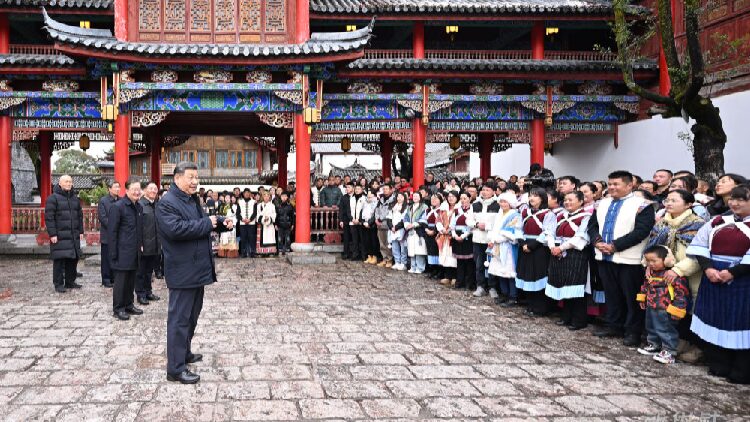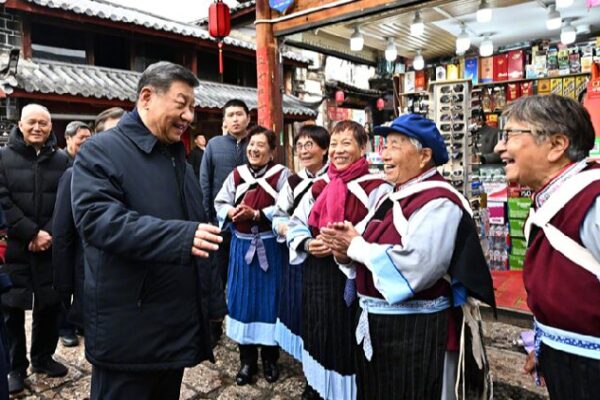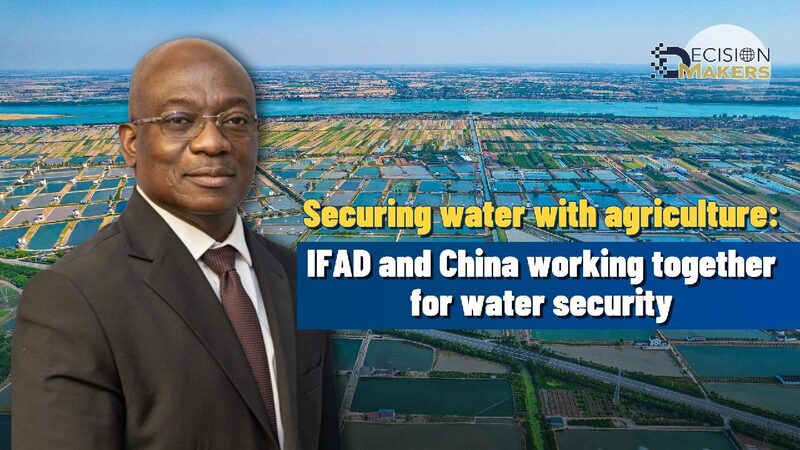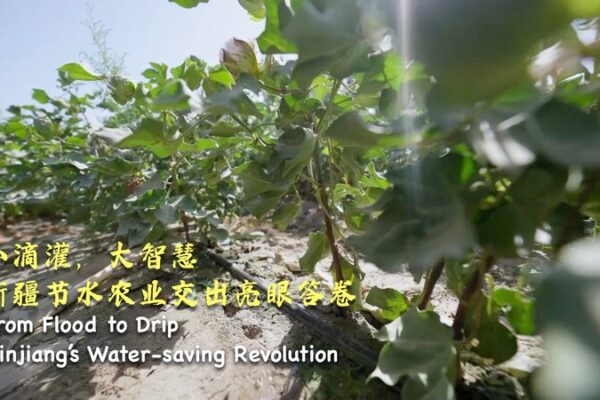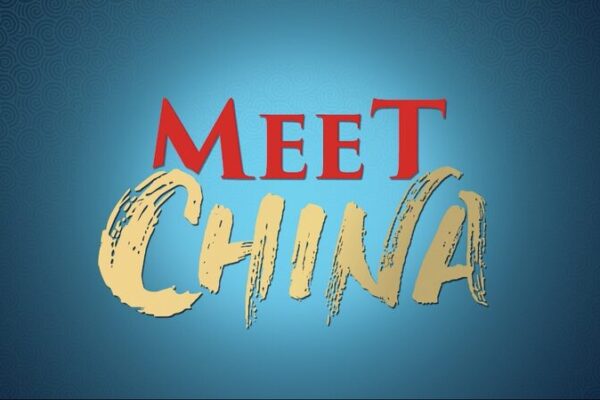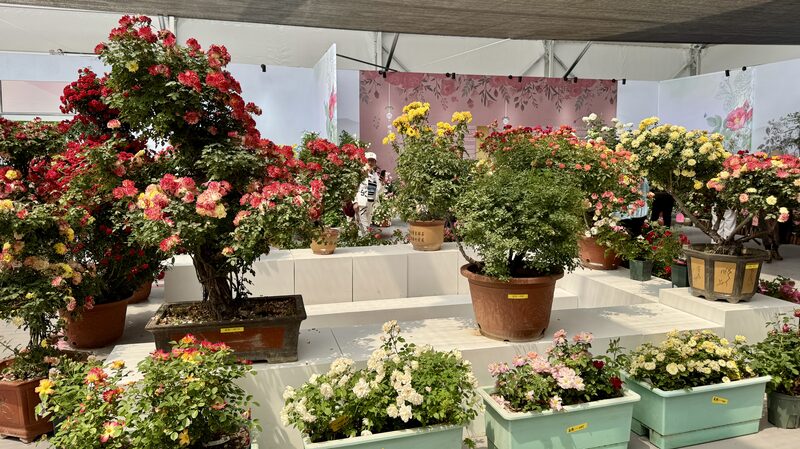Blooming Prosperity: How China’s Flower Industry Powers Rural Development
In the picturesque city of Lijiang, nestled in southwest China’s Yunnan Province, a floral revolution is transforming rural communities. The Lijiang Modern Flower Industrial Park stands as a testament to how innovation and agriculture can unite to invigorate local economies.
Equipped with state-of-the-art technology, the park employs intelligent production systems and soilless cultivation methods. Over 85 percent of its greenhouses utilize integrated water and fertilizer irrigation facilities, making flower cultivation more efficient and sustainable.
The result? A vibrant array of fresh-cut roses and calla lilies that can reach major cities like Beijing, Shanghai, and Guangzhou within 36 hours, thanks to the nearby Lijiang Airport. These blossoms also find their way to international markets, including Japan, Vietnam, and Russia, showcasing the global appeal of China’s floral industry.
The park doesn’t just promote agricultural excellence—it’s also a source of livelihood for over 300 local residents. With average monthly incomes exceeding 4,000 yuan (about $557), and peaking at over 7,000 yuan during busy seasons, the impact on the community is profound.
During a recent visit, Chinese President Xi Jinping met with villagers and technicians at the park. He discussed flower varieties, market trends, and the positive changes in residents’ incomes. “Your endeavor is thriving and aligns with the development path of modern agriculture. May your lives be as beautiful as flowers,” he remarked.
The ‘Flower Economy’ Flourishes
Yunnan Province, often called the “plant kingdom” due to its unique geography and climate, has become the heart of China’s “flower economy.” For years, it has led the nation in the production of fresh-cut flowers.
As of 2023, Yunnan’s flower planting area spans approximately 1.95 million mu (about 130,000 hectares), including 350,000 mu dedicated to fresh-cut flowers. The province produces over 20 billion fresh-cut flowers annually, ranking first globally.
This thriving industry directly employs around 380,000 people in various roles—from planting and packaging to logistics and e-commerce—and indirectly supports over a million more. Decades of dedication have established a comprehensive industrial chain, highlighted by Asia’s first and the world’s second-largest flower auction center.
At the Kunming International Flora Auction Trading Center, the average daily trading volume reached 7 million stems in 2023. With an average transaction time of just four seconds per order and a transaction rate exceeding 95 percent, efficiency is at the core of operations. Flowers auctioned here brighten homes not only across China but also in over 50 countries and regions worldwide.
President Xi emphasized the importance of industrial transformation and upgrading as key to high-quality development. He encouraged Yunnan to actively cultivate strategic emerging industries and future-focused enterprises.
Blending Culture and Tourism
Beyond agriculture, Lijiang is also enriching its cultural heritage. The Old Town of Lijiang, with its 800-year history, is a UNESCO World Cultural Heritage site since 1997. Efforts to protect and utilize historical and cultural assets have been intensified, integrating culture with tourism.
“The town’s culture, scenery, and folk traditions are truly captivating,” President Xi noted during his visit to the old town. The area has introduced 30 cultural courtyards, creating new spaces for visitors to experience and appreciate traditional heritage.
The tourism industry here is thriving, encompassing hospitality, handcrafted goods, and performing arts. Many young entrepreneurs are setting up businesses, dedicated to preserving and promoting national cultural heritage.
In the first nine months of last year, the town welcomed over 17 million tourists, marking a year-on-year increase of more than 13 percent. Such growth underscores the successful blend of cultural preservation and economic development.
President Xi highlighted the need to improve people’s incomes through cultural tourism while carefully balancing preservation with progress. He advocated for a sustainable and healthy development path for the cultural and tourism industries.
Lijiang’s story is a vivid example of how innovation, tradition, and sustainability can converge to revitalize rural areas—setting a blooming example for regions across the globe.
Reference(s):
China advances high-quality rural development based on local condition
cgtn.com
